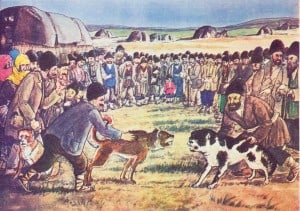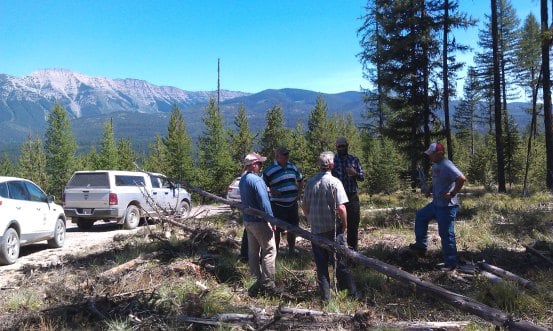Last week, Forest Service Chief Tidwell issued a press release lauding the U.S. Green Building Council’s (USGBC) “new opportunities to advance environmentally responsible forest management and help reduce the use of illegally-sourced wood through their Leadership in Energy and Environmental Design (LEED) green building rating system.” Let’s spend a moment unpacking the Chief’s press release.
First, for those unfamiliar with it, the USGBC is a 501(c)(3) non-profit corporation known popularly for its creation of LEED, a system for ranking buildings on the basis of their “green” energy efficiency. From its IRS filings, one learns that USGBC’s CEO/Founder earns $1.37 million a year (NGO envy alert!). Most of USGBC’s approximately $50 million income derives from “management fees” and “membership dues.” For example, a manufacturer of windows can pay USGBC to certify that its windows meet LEED standards and market those windows at a premium. Some federal and many state and local regulatory agencies require and/or reward LEED-certified buildings through regulation and taxpayer-financed subsidies. USGBC is the lobbying arm of the industries that encourage and profit from these governmental actions.
There’s more here than just the head of a minor U.S. land management agency promoting a private corporation’s business and lobbying agenda. What are we to make of the “illegally-sourced” wood hook? Wood cut illegally is a big deal in Third World countries where petty corruption makes timber theft easy from government-owned forests. In the U.S., however, the Forest Service institutionalized illegal logging from national forests, e.g., more than a half-century of clearcutting in violation of the 1897 Organic Act, making criminal logging a relatively minor concern. But, I digress.
To understand the full import of the reference to “illegally-sourced” wood, one needs to examine closely the new LEED standard the Chief’s press release promotes. And to understand the LEED standard, in turn, one must read the fine print of ASTM D7216-10, on which the LEED standard relies. The key sentence in this ASTM is: “Products certified to the globally recognized forest certification standards will meet the “Certified Sources” category regardless of their origin.” In other words, if a 2×4 is certified under any “globally recognized” certification system, it is deemed legally sourced and, thus, can be credited as LEED certified, too.
So who wins with this change? Check the contemporaneous and competing press releases. Ta da! The timber industry’s Sustainable Forestry Initiative (a “globally recognized forest certification standard”) is delighted that SFI-certified wood is now LEED certified, too!
Who loses with this change? Aww . . . feel sorry for the Forest Stewardship Council, which has had its monopoly on wood products LEED certification dashed by LEED’s behind-the-scenes collusion with SFI. FSC has “serious concerns” and is calling on its members to pressure USGBC to end this illicit love affair with SFI.
One wonders whether Chief Tidwell knew that his press release pisses on FSC while kissing SFI? Or did the Forest Service’s press office simply xerox USGBC’s media release because it was a slow news day in the Chief office? And how much in licensing fees and membership dues are SFI and its timber industry affiliates paying USGBC for this backdoor LEED certification? You gotta figure it’s more than FSC has been paying.

